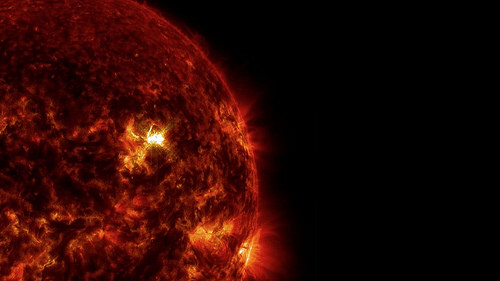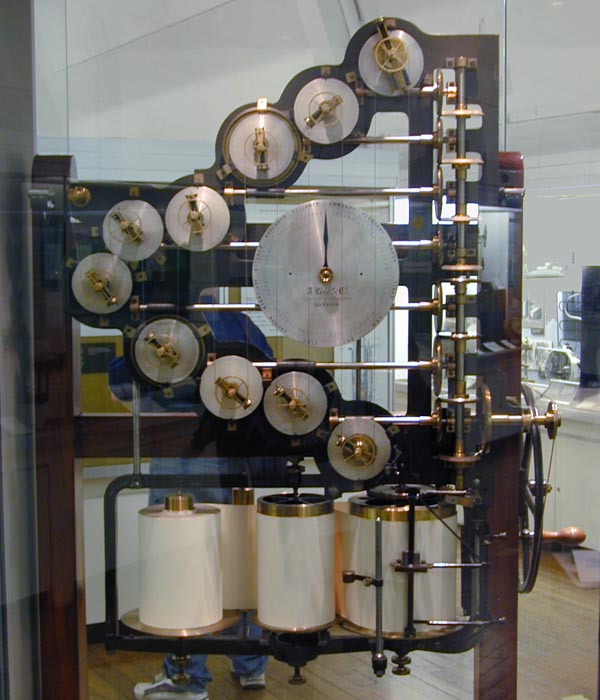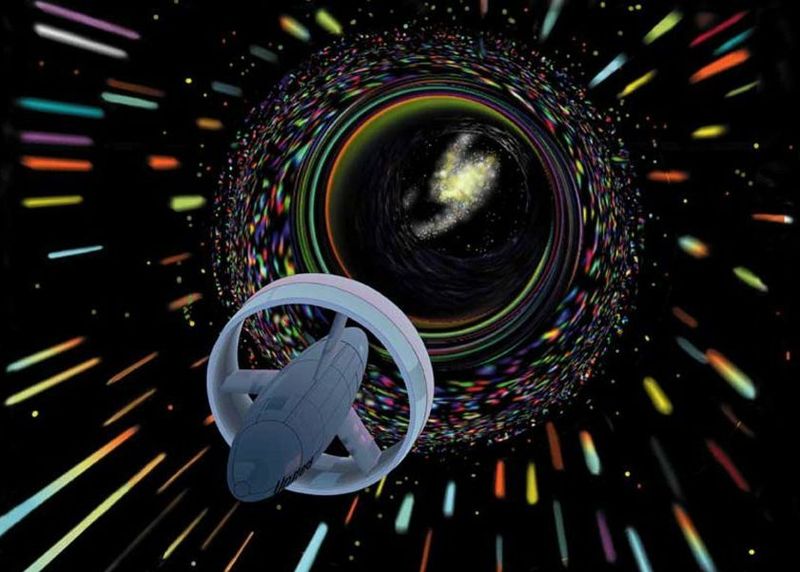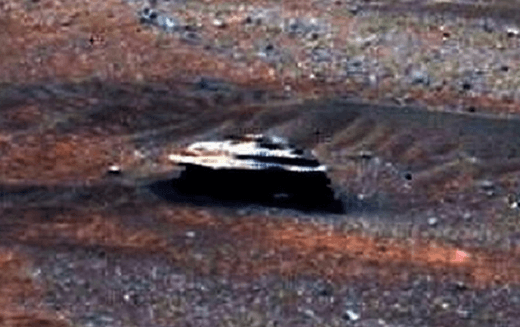
Image: Sunspot/NASA If one were to land on the Sun in some mythical spacecraft resistant to two million or so degrees Fahrenheit, they might be surprised at the temperatures encountered. Passing through the upper layers of said star, our solar passenger would find temperatures plummeting as they came closer and closer to the boiling plasma surface, from many millions of degrees in the Sun’s upper atmosphere to a mere 10,000 or so degrees Fahrenheit as they entered the Sun’s “interior.” As solar material is ejected from that interior, it gains energy and heats up as it moves outward into space. The atmospheric zones where this heating occurs are the chromosphere and the transition region. Together they form a volatile and rather mysterious zone of […] Read More



